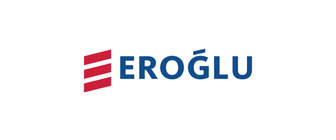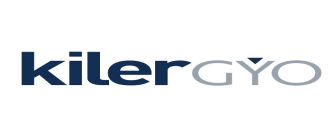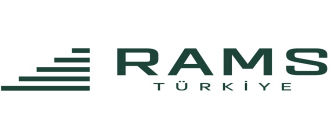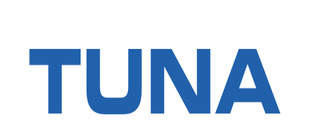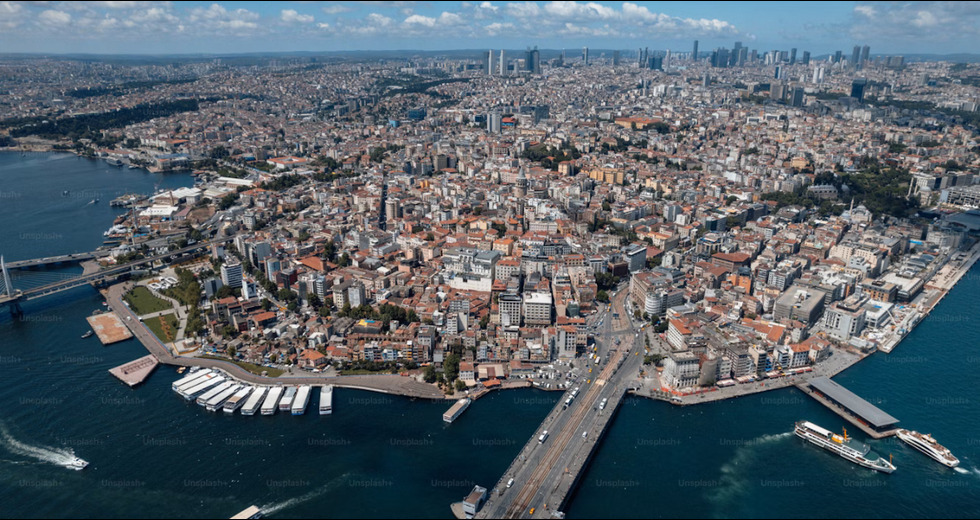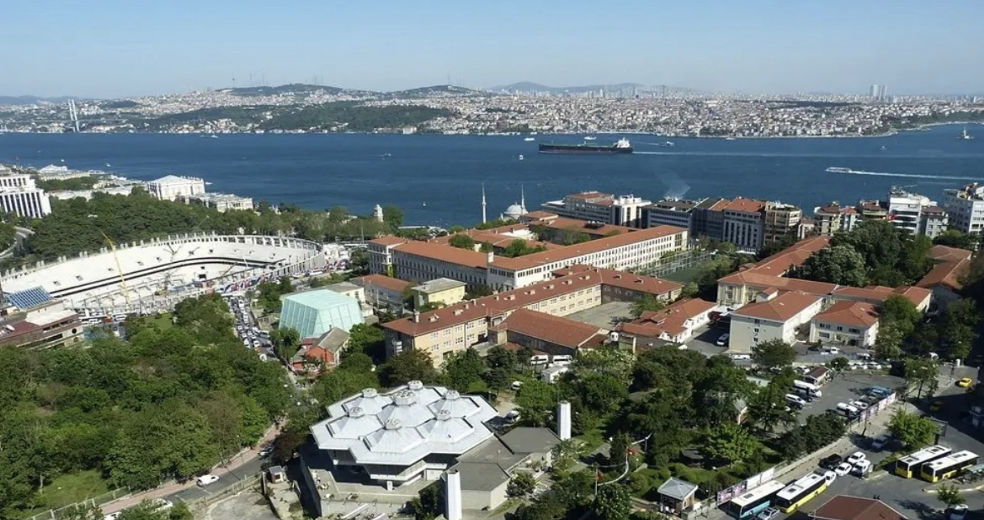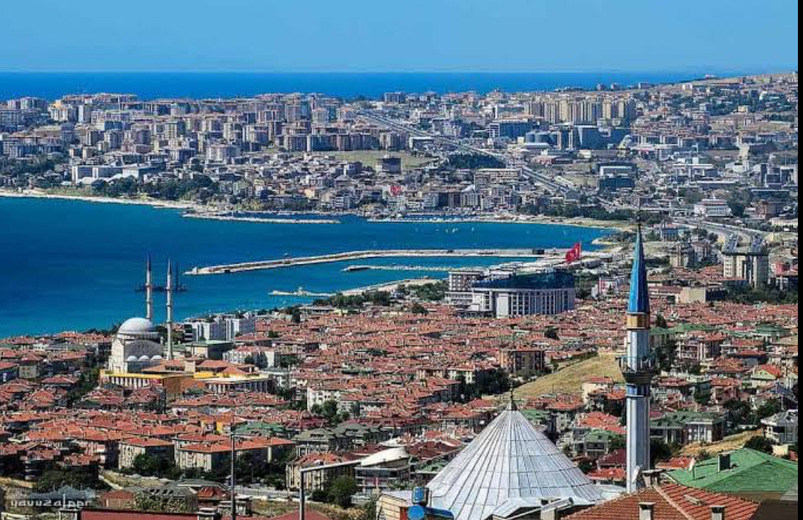Turkey’s Tourism Surge in 2025: Fueling a Real Estate Boom

Turkey's tourism sector is witnessing a robust rebound in 2025, reinforcing its position as a top global destination. Official data from the Ministry of Culture and Tourism shows 3.9 million foreign tourists visited in April 2025, a solid 8% year-on-year increase. Istanbul remains the country’s most-visited city, keeping its status as a prime hub for culture, hospitality, and property investment.
Key Source Markets: Germany, Russia & Iran
Visitor inflow in April was led by:
Germany: 571,042 visitors, up 31% (year-on-year)
Russia: 375,820 visitors
Iran: Part of the cumulative four-month figure of 946,472
Together, these three markets made up over 32% of April visitors
Tourism‑Driven Real Estate Growth
The tourism boom is directly boosting Turkey’s property sector — especially in Istanbul, Antalya, and coastal hotspots. Here's how it plays out:
- Short-term rental demand surges, driving occupancy rates and rental income.
- Holiday property purchases increase, with German, Russian, and Iranian buyers showing rising interest.
- Property values climb in tourism-heavy areas, helped by confidence from investors and mortgage-backed demand.
Additionally, the Citizenship by Investment program—requiring at least $400,000 USD in real estate investment—remains attractive, especially for German, Russian, and Iranian nationals aiming for both asset growth and residency benefits.
2025 Outlook
From January to April 2025, Turkey welcomed 10.59 million foreign tourists, with the total rising to 12.74 million when Turkish citizens returning from abroad are included. In 2024 the country received 52.6 million foreign tourists, generating $61.1 billion, and authorities are targeting over 55 million arrivals in 2025. Continued visitor growth is expected to further bolster property demand in key regions.

